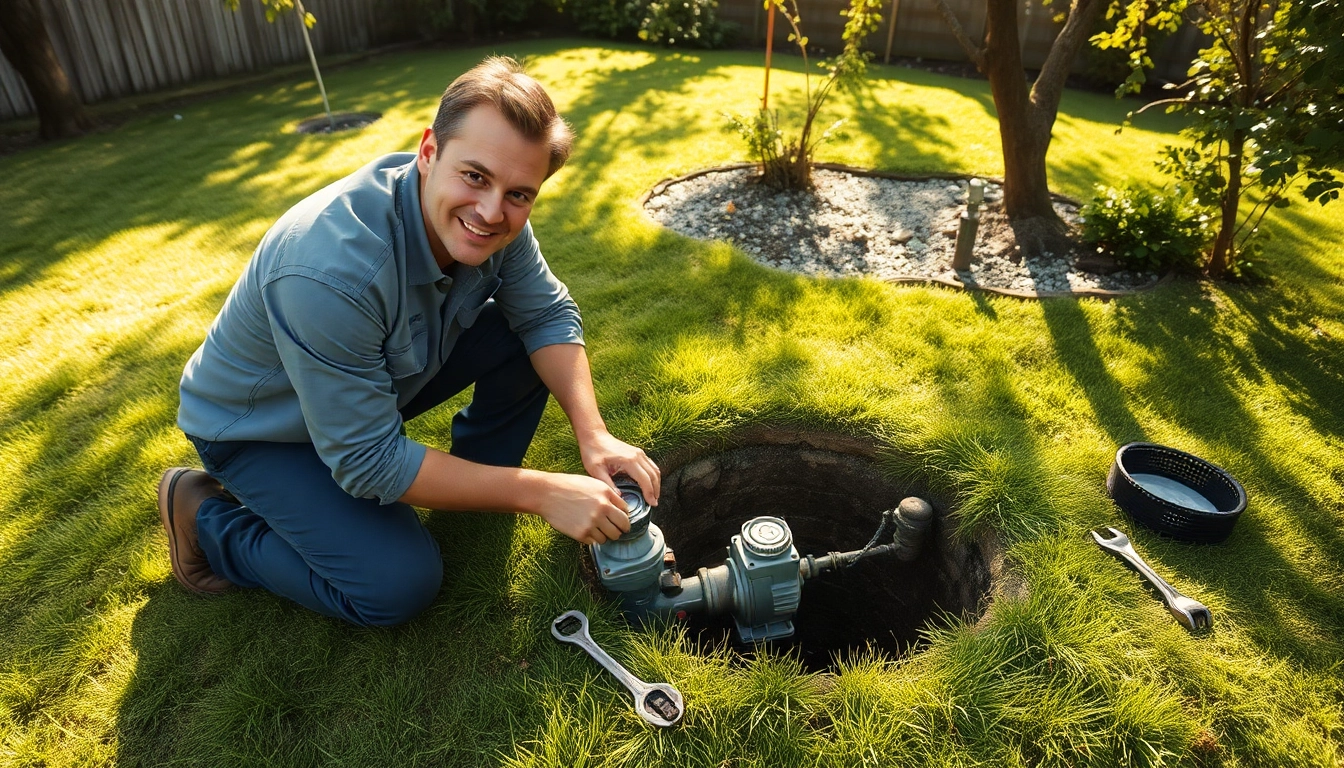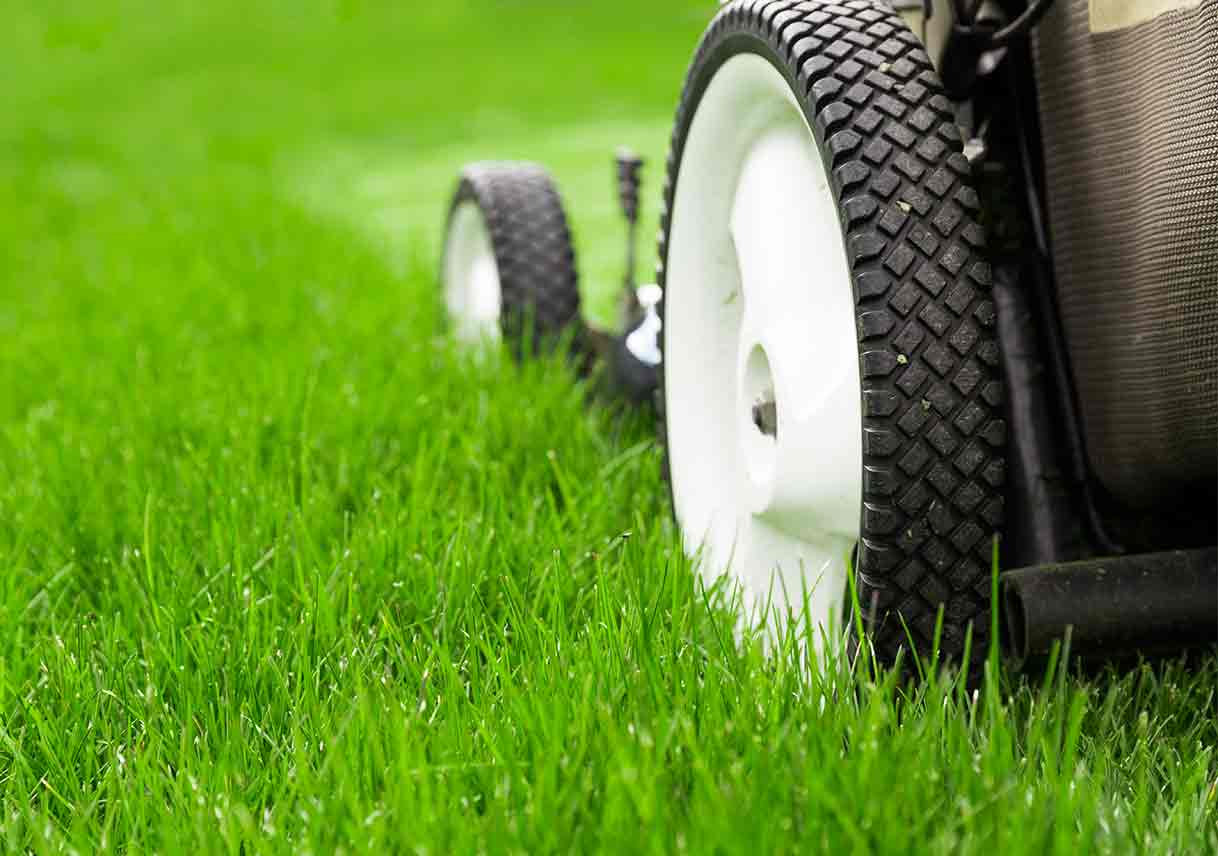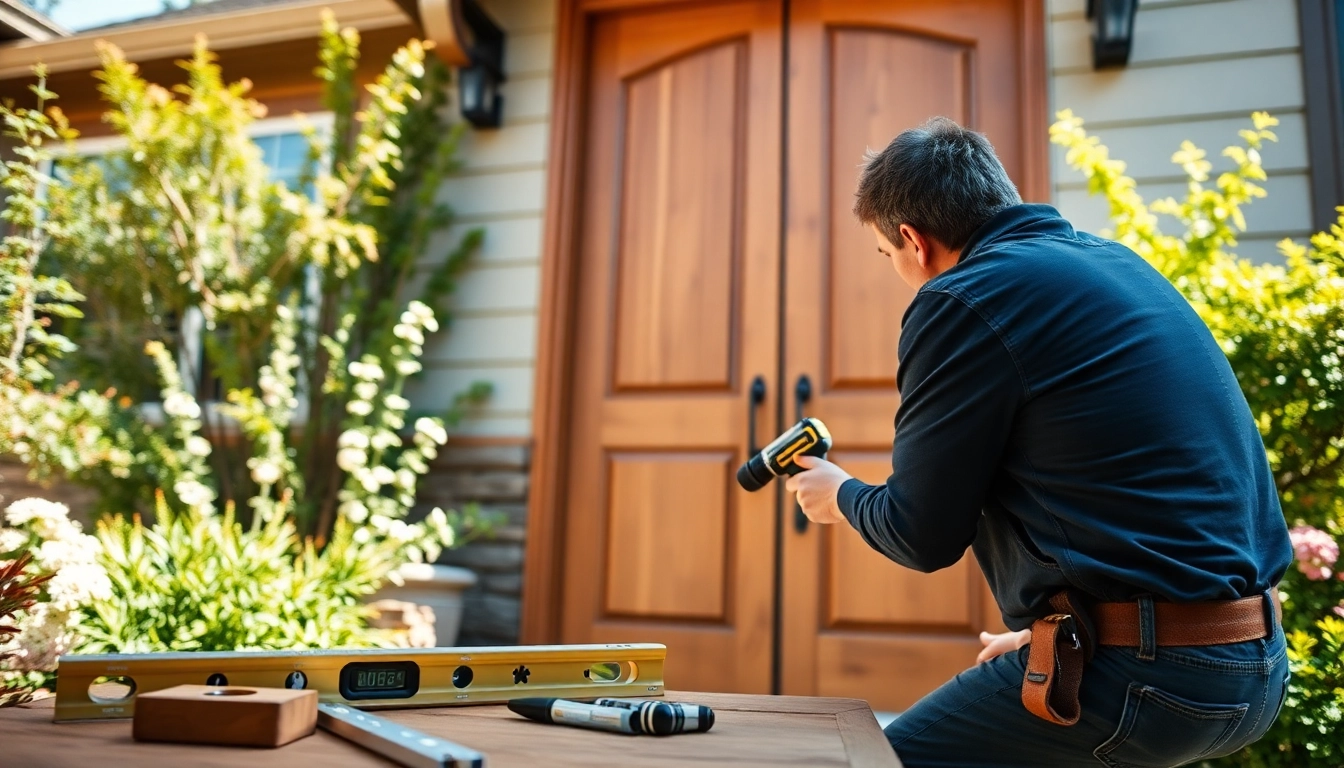Understanding the Need for Well Pump Replacement
When it comes to maintaining a reliable water supply, your well pump plays a critical role. Over time, wear and tear, age, and various operational factors can compromise the efficiency and effectiveness of your pump, necessitating a well pump replacement. This guide provides a comprehensive overview of well pump management, including signs of malfunction, the replacement process, and maintenance tips.
Signs Your Well Pump Needs Replacement
Recognizing the signs of a failing well pump is crucial to prevent water supply interruptions. Here are key indicators that suggest you may need a replacement:
- Inconsistent Water Pressure: Frequent fluctuations in water pressure may indicate that your pump is struggling to perform effectively.
- Strange Noises: If your well pump starts making unusual sounds, such as grinding or humming noises, it could mean mechanical failure.
- Less Water Flow: A noticeable drop in water output or flow may indicate that the pump is failing.
- Frequent Cycles: If your pump turns on and off more often than usual (short cycling), it could be a clear sign of malfunction.
- Unpleasant Odors or Discoloration: Changes in water quality, such as foul smells or discoloration, can signal underlying problems.
- Old Age: If your pump is over 10-15 years old, it may be time to consider a replacement even if it appears to be functioning properly.
Common Causes of Well Pump Failure
Understanding what leads to well pump failure can help you make informed decisions about maintenance and replacement. Key causes include:
- Wear and Tear: Over time, components such as seals, bearings, and impellers degrade, affecting the pump’s performance.
- Electrical Issues: Power surges or wiring problems may lead to pump failure. Ensure that electrical systems are checked regularly.
- Dry Well: A reduction in water table levels can cause the pump to run dry, leading to premature wear.
- Debris Blockage: Sediments or organic materials can obstruct the water flow and damage the pump.
- Improper Installation: If the pump is not installed correctly, it may perform poorly, leading to issues down the line.
Benefits of Timely Well Pump Replacement
Replacing a malfunctioning well pump in a timely manner can provide several benefits, including:
- Improved Water Quality: New pumps result in better water clarity and taste, alleviating concerns about contamination.
- Enhanced Efficiency: Modern pumps are often more energy-efficient, reducing utility costs and environmental impact.
- Increased Reliability: A new pump can offer peace of mind, ensuring a consistent and dependable water supply.
- Performance Optimization: Advanced technologies in new pumps can significantly improve performance and longevity.
Evaluating Your Well Pump Options
When it comes time for a well pump replacement, evaluating your options is critical. Let’s dive into the components to consider.
Types of Well Pumps: Which is Right for You?
Well pumps are categorized based on their deployment within the well and how they operate. Here are the primary types:
- Submersible Pumps: Designed to be submerged in water, these pumps are efficient but require significant effort for replacement.
- Jet Pumps: Typically located above ground, jet pumps are well-suited for shallow wells and are easier to access.
- Hand Pumps: Manual pumps that can serve as backups in emergencies or in scenarios where electricity is unavailable.
Cost Factors in Well Pump Replacement
The overall cost of replacing a well pump can vary significantly based on several factors:
- The Type of Pump: Higher-quality pumps typically cost more but offer greater reliability and efficiency.
- Depth of the Well: Deeper wells require more expensive pumps and additional labor.
- Installation Fees: If hiring professionals, labor costs vary based on geographical location and pump complexity.
- Permitting and Inspection: Local regulations might require permits, adding to cost considerations.
Choosing the Right Size and Horsepower
Getting the correct size and horsepower is essential for optimal pump performance. Here’s how to determine your needs:
- Water Demand: Assess how much water your household or application requires to determine the pump’s flow rate.
- Well Depth: The deeper the well, the higher the horsepower needed to draw water effectively.
- Pressure Requirements: Consider the pressure needed at various outlets in your home to ensure proper function.
Connecting with Professionals for Well Pump Replacement
Finding the right technicians for a well pump replacement is paramount for successful installation and maintenance. Here’s what to keep in mind.
How to Find Qualified Technicians
Start your search for well pump professionals by:
- Asking for Recommendations: Consult friends, family, or neighbors who have had similar work done to find reputable services.
- Researching Online Reviews: Check reviews on platforms like Google and Yelp to gauge customer satisfaction.
- Contacting Local Business Listings: Examine local directories or trade associations that specialize in plumbing services.
Questions to Ask Before Hiring
Before committing to a technician, make sure to ask the following questions:
- What is your experience with well pump installations? Experience is key to handling installation complexities.
- Are you licensed and insured? This protects you from liability in the event of an accident during installation.
- Can you provide references? Previous customer references can offer insight into their work quality.
- What warranty do you provide? A solid warranty on labor and parts can protect your investment.
Understanding Estimates and Warranties
When receiving quotes, ensure they itemize costs clearly, including parts, labor, and any potential additional charges. It’s advisable to compare estimates from multiple service providers. Additionally, a written warranty specifying lengths and coverage details can safeguard against premature failure.
DIY Well Pump Replacement: Pros and Cons
Opting for a DIY approach can save money, but it comes with its own set of challenges. Below are important aspects to consider when contemplating a DIY well pump replacement.
Preliminary Steps for a DIY Approach
Before diving into a DIY project, follow these steps:
- Research: Familiarize yourself with the specific well pump model and replacement process.
- Gather Necessary Permits: Depending on local laws, you may need permits to perform work on your well.
- Plan for Water Diversion: Prepare for temporary water loss and inform household members accordingly.
Understanding Tools and Equipment Needed
Equipped with the right tools is essential for a successful installation. Necessary items may include:
- Wrenches and Pliers
- Pipe Cutters
- Bucket Wagon or Winch (for heavy lifting)
- Safety Equipment (goggles, gloves, etc.)
Safety Precautions to Consider
Safety should always be a priority. Ensure to:
- Turn off all power to the pump before starting work.
- Use proper lifting techniques to avoid injury when handling heavy equipment.
- Work with a partner when necessary to ensure safety during installation.
Maintaining Your New Well Pump
Once your new pump is installed, maintaining it properly will ensure its longevity and efficiency. Here are various maintenance strategies to keep it functioning optimally.
Regular Maintenance Tips for Longevity
To extend the lifespan of your well pump, consider implementing the following practices:
- Routine Checks: Regularly inspect the pump for signs of wear, leaks, or odd noises.
- Annual Professional Inspections: Have a technician perform a yearly maintenance inspection to identify potential issues.
- Monitor Water Quality: Regularly test the water chemistry to ensure no contaminants are affecting the system.
Signs That Indicate Potential Issues
Being aware of any changes in pump operation will help in timely issue identification:
- Unusual sounds during operation.
- Persistent low water pressure or flow reductions.
- Frequent cycles of the pump without use.
- Discoloration or odor changes in water quality.
When to Call a Professional for Help
While DIY solutions can save money, knowing when to seek professional assistance is vital. If issues persist despite your efforts, if the pump is frequently breaking down, or if you encounter electrical problems, it is essential to call a qualified technician to address the complications safely.


